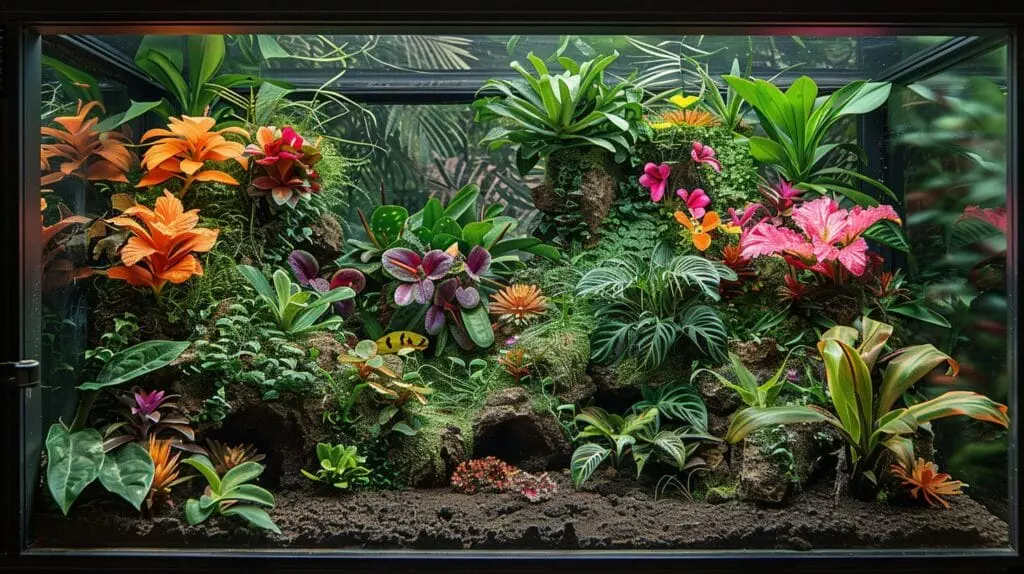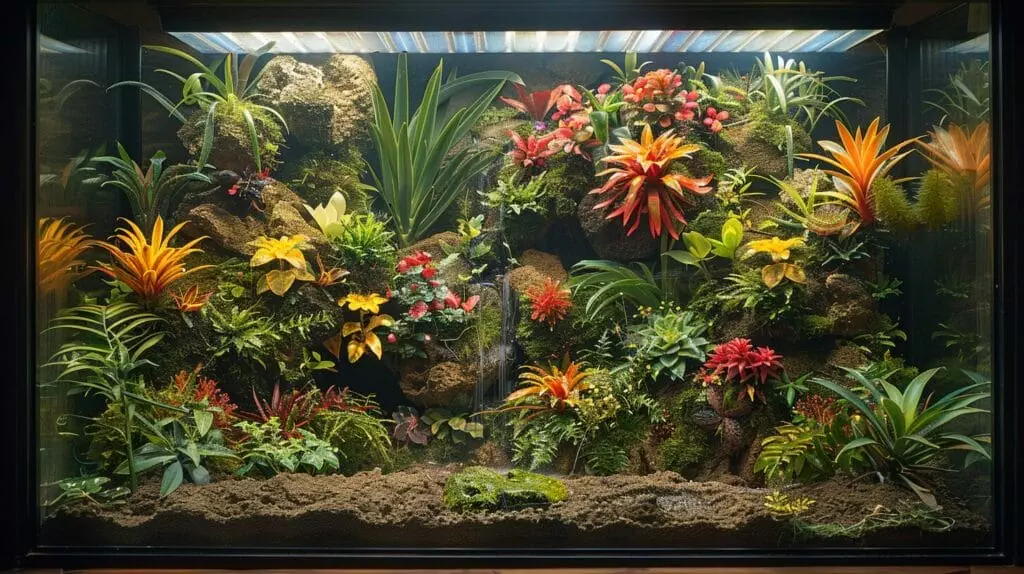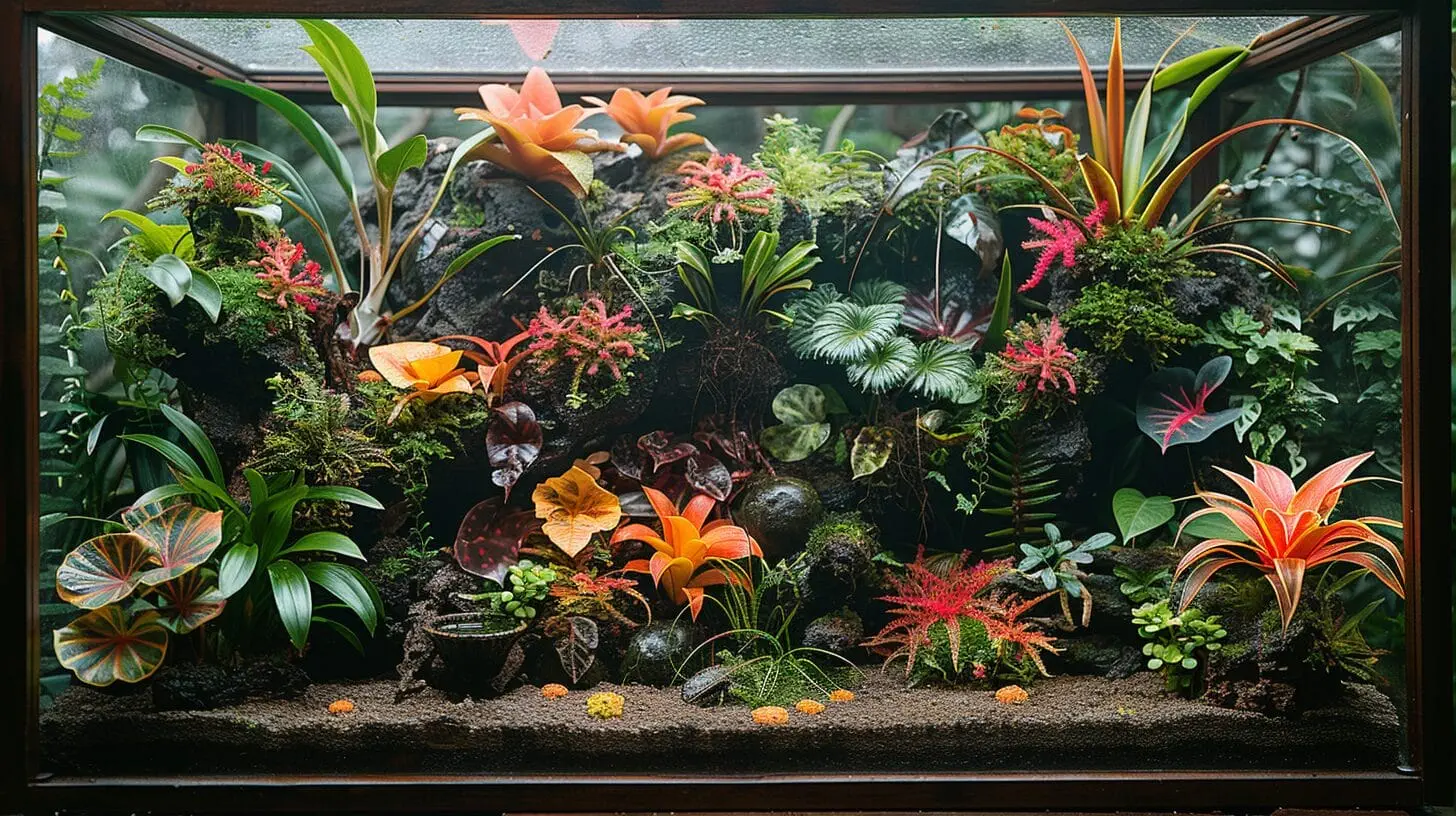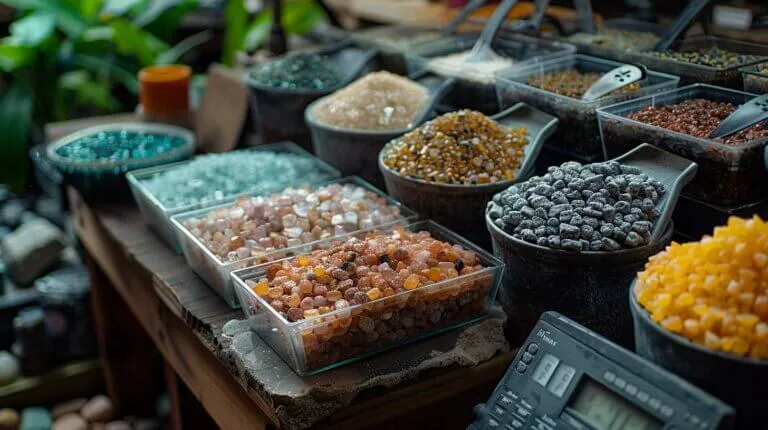Curious about Pacman frogs’ lifespan? How Long Do Pacman Frogs Live? Discover in this guide. Explore care tips for longevity, from habitat conditions to diet. Equip yourself with knowledge to ensure their health and vitality, extending their time with you for years.
Key Takeaways
- Proper enclosure setup crucial for longevity.
- Varied diet with essential nutrients vital.
- Regular vet check-ups for early issue detection.
- Mimic natural habitat for reduced stress.
- Maintain optimal terrarium conditions for health.
Understanding the Lifespan of Pacman Frogs
Understanding the lifespan of Pacman frogs is essential for their well-being. The right enclosure is a fundamental aspect of their care. These horned frogs need a spacious terrarium with hiding spots and a shallow water dish. Providing an environment that mimics their natural habitat reduces stress and contributes to their longevity. Additionally, a proper diet consisting of live insects and occasional small mammals is crucial for the health of Pacman frogs. It’s also important to regularly clean their enclosure to prevent the buildup of bacteria and parasites. As for the question “can gouramis live with angelfish,” it’s important to carefully consider the temperament and compatibility of the two species before attempting to keep them together in the same tank.
Feed your Pacman frog a diet of live prey, crucial for their health and lifespan. These frogs are voracious eaters who enjoy hunting their food. In the wild, they consume insects, rodents, and even other frogs. A varied diet ensures they receive the necessary nutrients. Pacman frogs swallow their prey whole, relying on potent stomach acids for digestion. By understanding and meeting their dietary needs, you can help your Pacman frog live a long, healthy life.
Optimizing the Substrate for Pacman Frog’s Longevity

The right bedding in a terrarium plays a vital role in maintaining a Pacman frog’s health and longevity. The best substrates, including coconut fiber, organic topsoil, and moss, mimic their natural habitat. These substrates maintain humidity levels and promote burrowing behavior.
Regularly changing the substrate every 2-4 weeks prevents harmful bacteria buildup and maintains cleanliness. Promptly removing uneaten food or waste contributes to your Pacman frog’s overall health and longevity. With mindful substrate selection and regular changes, you can provide your Pacman frog a thriving habitat. A high-quality, bioactive setup is recommended.
Meeting the Needs of Pacman Frogs for Enhanced Lifespan

To extend a Pacman frog’s lifespan, provide a balanced diet rich in essential nutrients. A varied diet, including insects like crickets, mealworms, and an occasional pinky mouse, alongside vitamin and calcium supplements, is crucial. Also, ensure constant access to fresh, clean water.
Regular vet check-ups help detect health issues early, enabling prompt treatment and ensuring Pacman frogs can grow healthily. A skilled exotic animal vet can guide on proper care, diet, including how often insects should be offered, and medical treatments for Pacman frogs. Mental stimulation through different terrarium setups, new hiding spots, and varying feeding routines keep them engaged and thriving.
Maintaining Ideal Terrarium Conditions for Pacman Frogs

Establishing the right terrarium environment is paramount for Pacman frogs. Create a substrate layer using coconut fiber or sphagnum moss to maintain moisture levels which is essential for Pacman frogs as they require relatively little space but specific humidity conditions. The terrarium should have a temperature range of 75-85°F during the day and slightly cooler at night. Use a hygrometer to monitor these levels.
Provide lighting for 10-12 hours a day, mimicking natural light patterns. This regulates their internal clocks and behavior. A UVB light source can also benefit their health. Proper terrarium setup, maintaining suitable temperature and humidity levels, and providing adequate lighting are key to Pacman frog care.
Ensuring Proper Humidity Levels for Pacman Frog Health
Maintaining proper humidity levels is critical for Pacman frogs. They require a humidity level of around 50-80%. Use tools like hygrometers to measure humidity accurately. Monitoring and adjusting the humidity levels prevent health issues like dehydration or difficulty shedding associated with low humidity.
However, excessively high humidity can lead to respiratory problems and skin infections. Striking a balance is essential to provide a moist environment without creating a breeding ground for bacteria or fungi. Regularly mist the terrarium and use a substrate that retains moisture to maintain adequate humidity levels.
Conclusion
To sum up, by grasping the lifespan of Pacman frogs and meeting their specific care needs, you can help guarantee a long and healthy life for your pet. In addition to understanding their lifespan and care needs, it is also important to provide a suitable habitat for your Pacman frog. This includes maintaining proper humidity levels, providing a spacious and secure enclosure, and offering a diet that meets their nutritional requirements. By paying attention to these details, you can create a thriving environment for your pet that mimics their natural habitat. Remember, proper care and attention can prevent potential issues, such as an octopus escapes tank, ensuring the well-being of your Pacman frog for years to come.
Optimizing the substrate, maintaining ideal terrarium conditions, and ensuring proper humidity levels are all key factors in promoting longevity for Pacman frogs.
By providing a suitable environment and meeting their basic requirements, you can enjoy many years of companionship with your unique amphibian friend.
Frequently Asked Questions
How long do Pacman frogs live?
Pacman frogs can live up to 10-15 years in captivity if provided with proper care and environment.
What do pacman frogs need in their terrarium?
Pacman frogs need a terrarium with moist grasslands, leaf litter, and hiding spots to mimic their natural habitat.
What kind of lighting do pacman frogs require?
Pacman frogs require low levels of lighting, and it is recommended to use a low-wattage bulb housed in a reflective fixture to create a day and night cycle.
How should pacman frogs be fed?
Pacman frogs should be offered a diet of appropriately sized insects such as crickets, mealworms, and roaches. They have large mouths and will devour their food in one swift motion.
Where are pacman frogs native to?
Pacman frogs are native to regions of Argentina and Brazil, where they inhabit moist grasslands and wait to ambush their prey in leaf litter.







